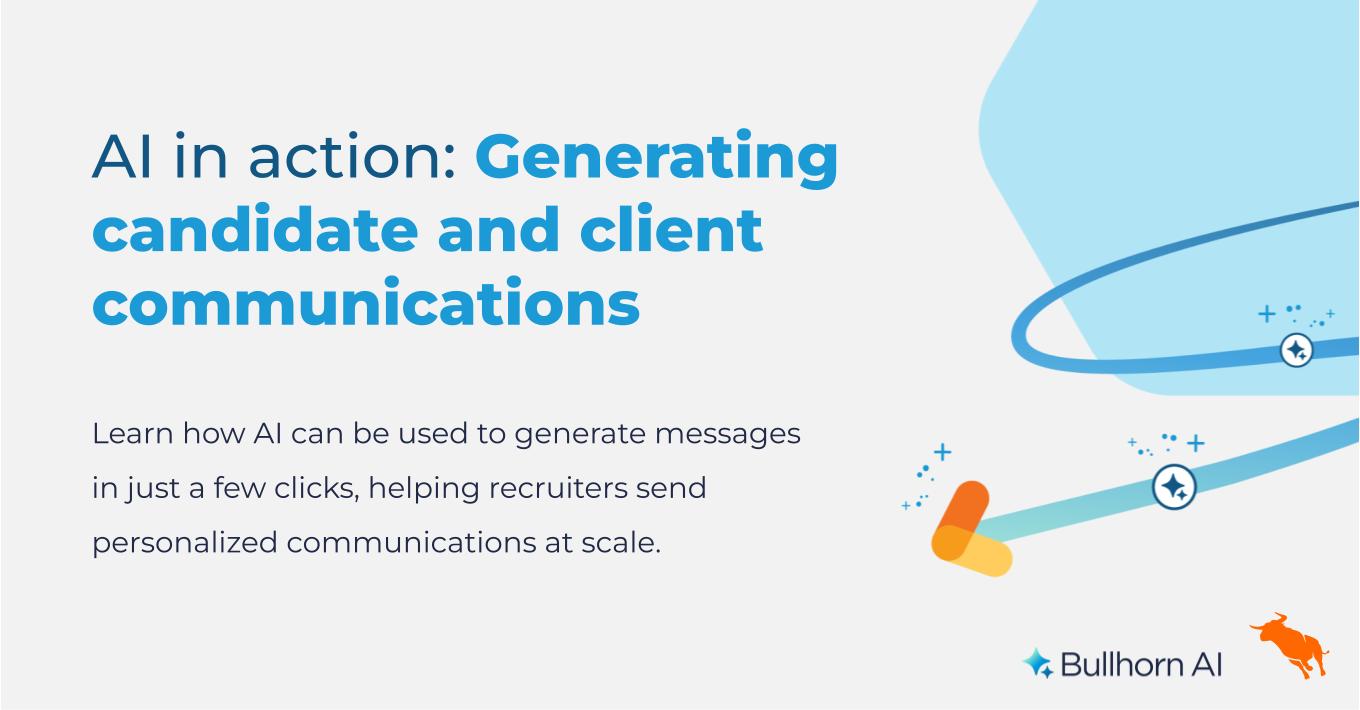Mythbusting: Should you build or buy your workforce management platform?

The benefits of a workforce management platform in staffing (improved efficiency, increased revenue, and reduced risk) are hard to dispute. Even Gartner suggests 60% of global midmarket and large enterprises will have invested in a cloud-based Human Capital Management (HCM) suite by 2025.
Yet what holds many companies back is whether to build or buy. As well as knowing why you need a solution, it’s also worth being aware of common misconceptions to reach the right decision.
Myth #1. Building is the only way to get what you need.
This may have been true until relatively recently. But enterprise-class SaaS WFM platforms that can be configured to your specific requirements now exist – and they’re just as good as creating your own from scratch, if not better.
Some solutions have even been developed specifically for agencies based on their unique challenges and problems. A provider that has experience in this sector may offer tools you hadn’t considered. While the nuances of how your company operates are unique to you, the likelihood is there is already something that exists to support your key processes with a little scoping and configuration.
If considering the build route, you need to be confident in your ability to define and articulate exactly what you need, but it’s always easier to make edits to an existing product, especially if it’s on a platform where skills are more easily available.
Myth #2. It’s a one-off build cost.
When building bespoke technology in-house, there are often unforeseen costs that lead to a much higher total cost of ownership. Building your own products might work now, but will it scale with your business as you grow? Will you need to upgrade your infrastructure to ensure it remains usable? Is it compatible with both iOS and Android?
What happens if your business makes a pivot due to a major event? Do you have someone dedicated to keeping on top of legislation and how it may impact your technology in the future? What if your needs change? Do you have someone who can maintain and continually improve the technology? Will you need assistance from the technical team every time you need even small changes and will you need to pay for further updates?
An existing enterprise solution will not only be built with non-technical users in mind but will also have a team in place to address the above and continually invest in improvements to ensure they remain competitive.
Myth #3. Only a custom-built app will reflect your brand values.
Brand equity is important. You’ve spent a considerable amount building your brand to develop your relationship with your temps, so naturally, you want your app to reflect this. But a custom-built app isn’t the only way to achieve this. Some enterprise-level solutions now offer a greater deal of flexibility even down to the exact shades in your brand guidelines, so your workers will feel the same connection to your app as they do every other touchpoint.
Myth #4. Bespoke technology will create a competitive difference.
Forget technology for a second and imagine you’re in the market for a new car. When it comes to choosing features you want – which might include parking sensors or heated seats – do you care that the technology behind the scenes may differ between manufacturers? Of course not. Ultimately, you’ll decide based on whether it can help you park or make a frosty morning start more pleasant. This would then be considered alongside less rational considerations such as if it’s a brand you trust or your experience with the dealer.
There are many reasons why recruiters are successful and although technology can facilitate their job, it’s how technology is implemented that is important alongside emotional factors. Overall, a client is turning to an agency to solve their problem; how they do it is of lesser importance.
Ultimately there are pros and cons for both build and buy, but it’s easy to see why buying the right products can future-proof your agency – despite what the myths say.
For more insights on staffing technology, subscribe to our Staffing Blog.








